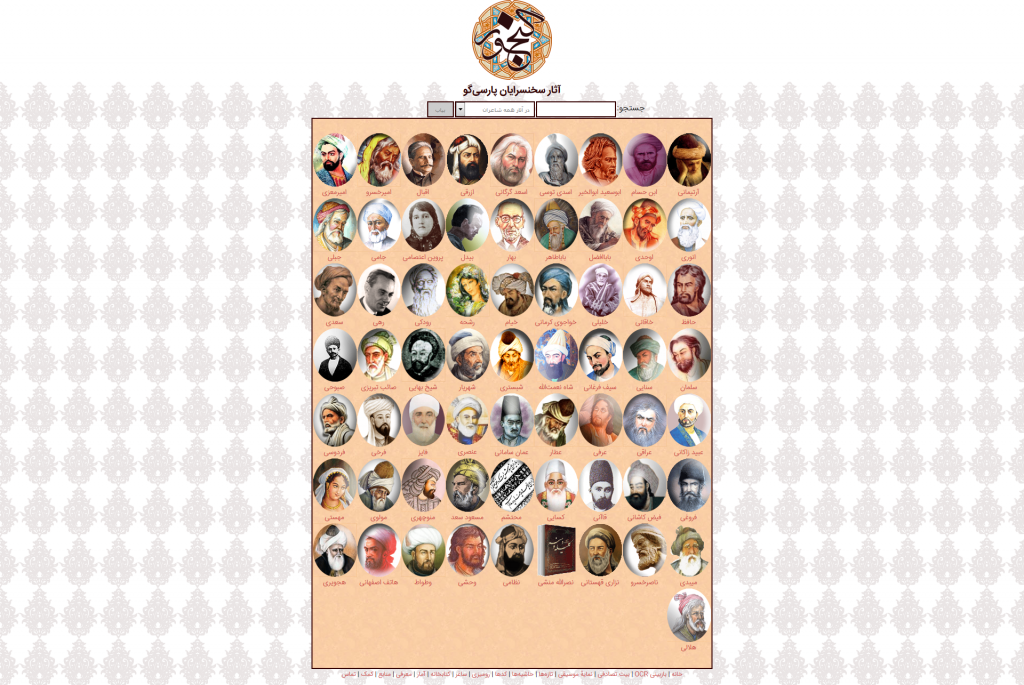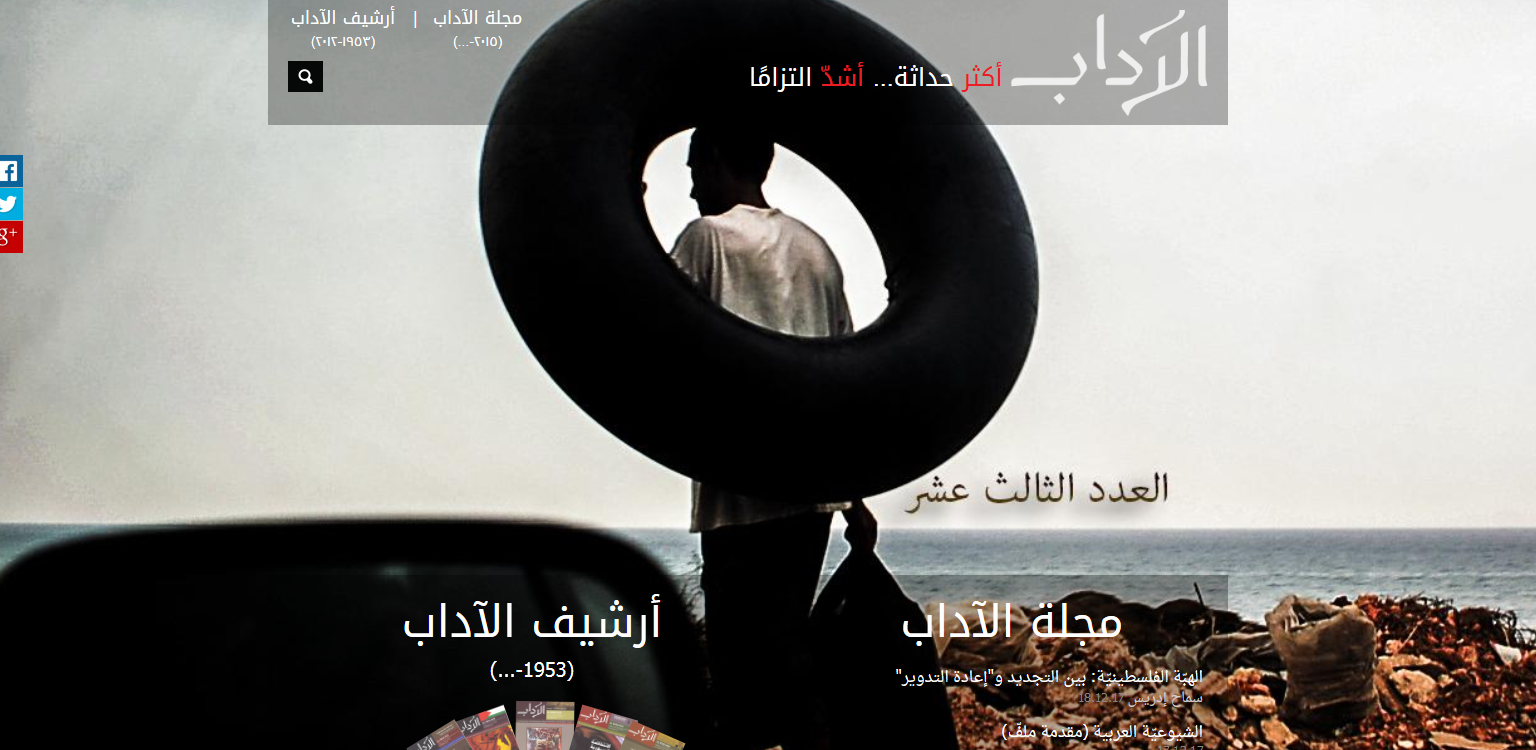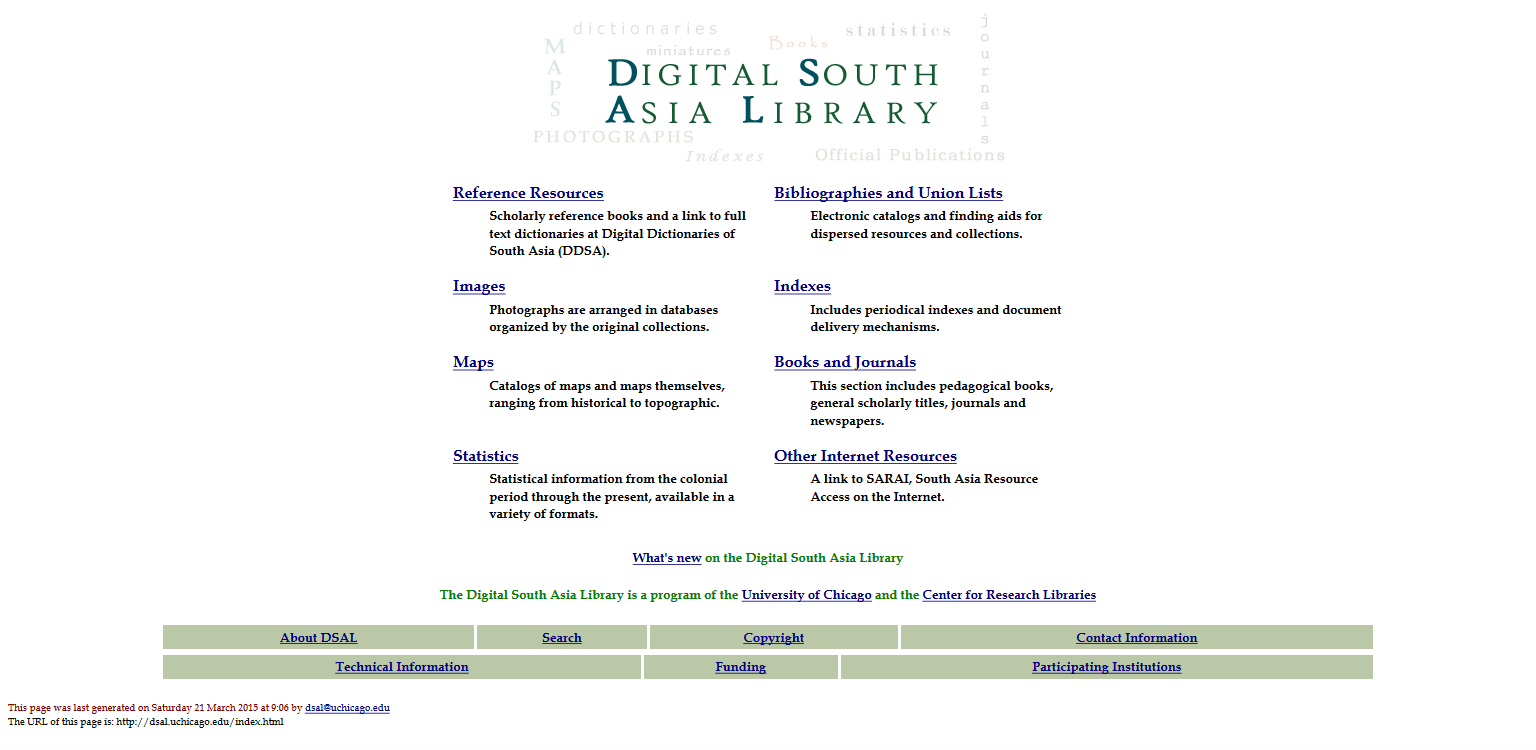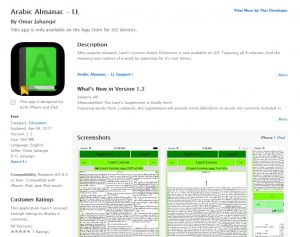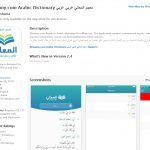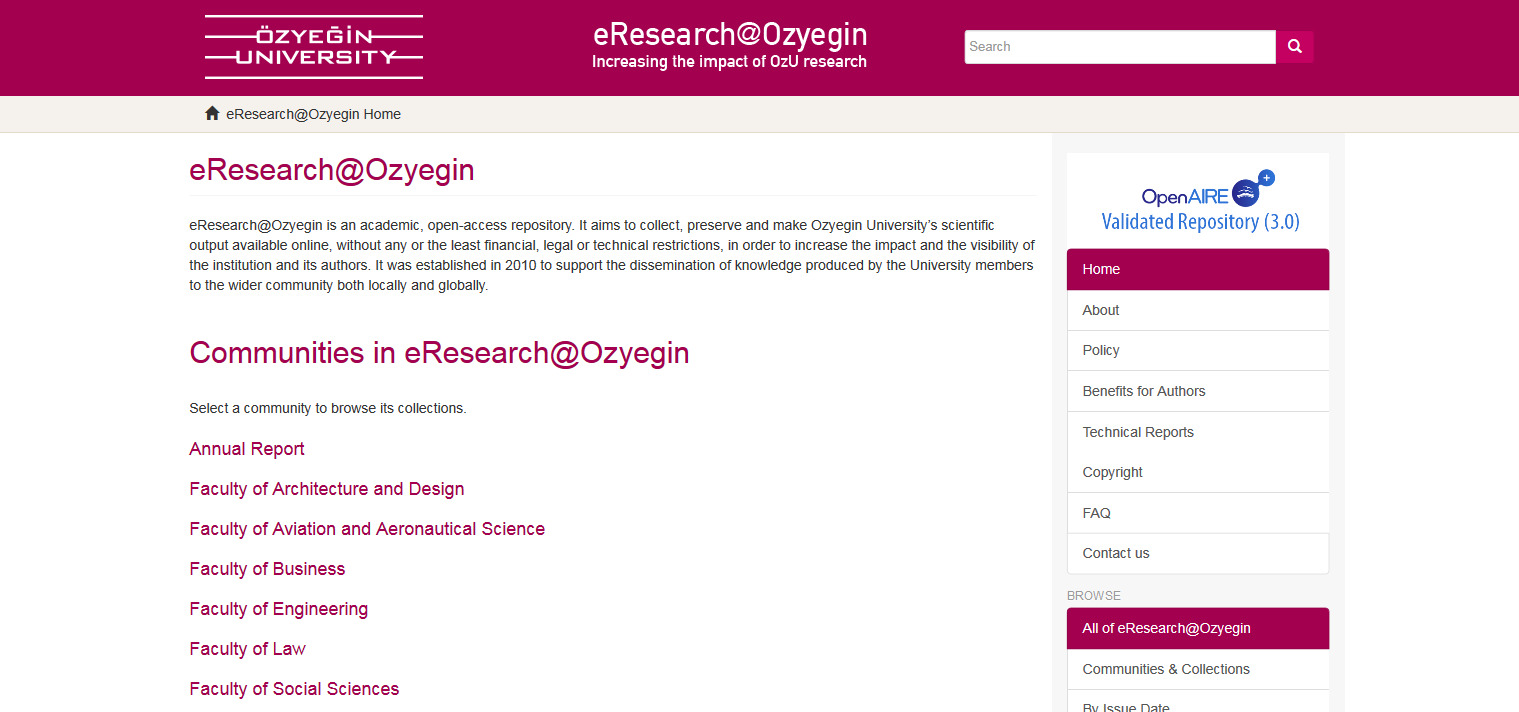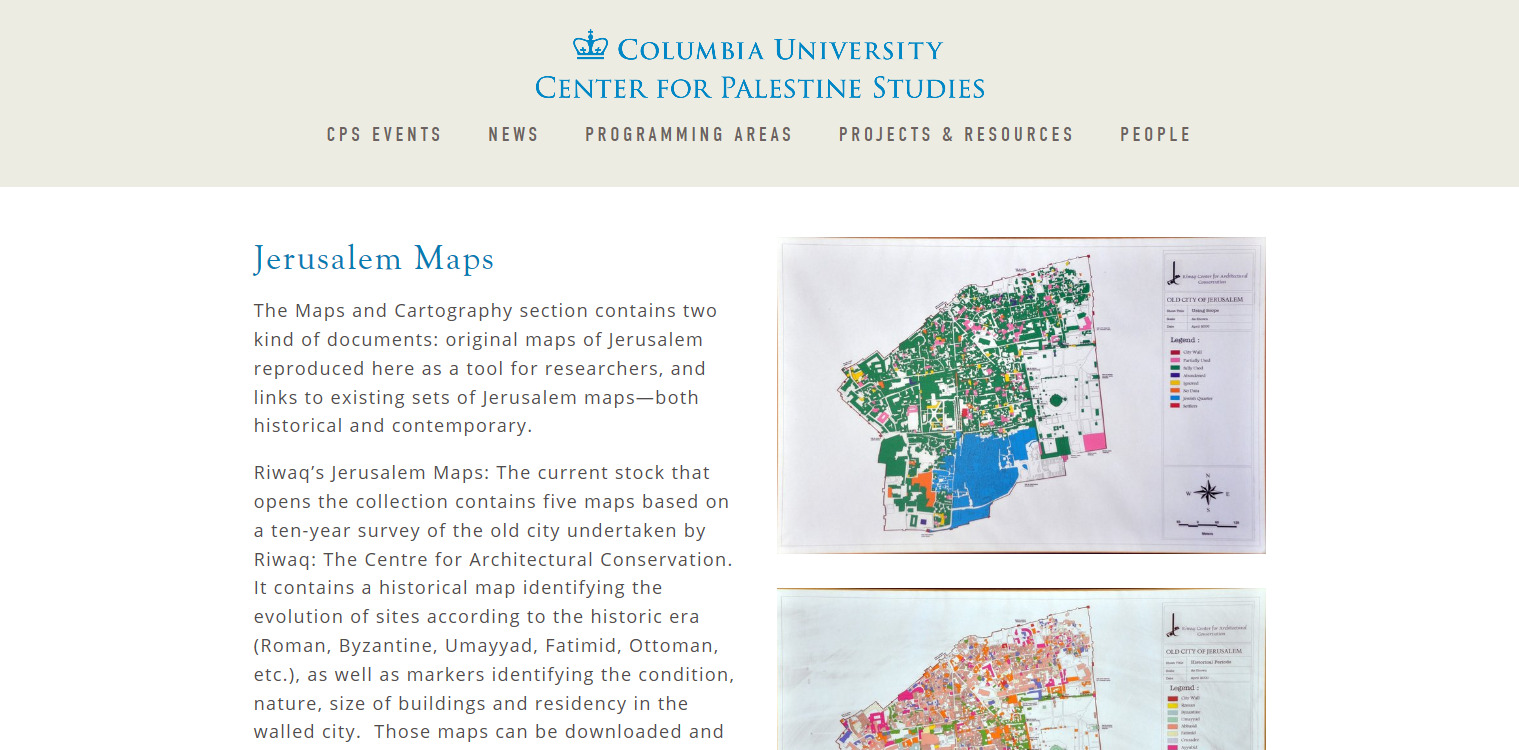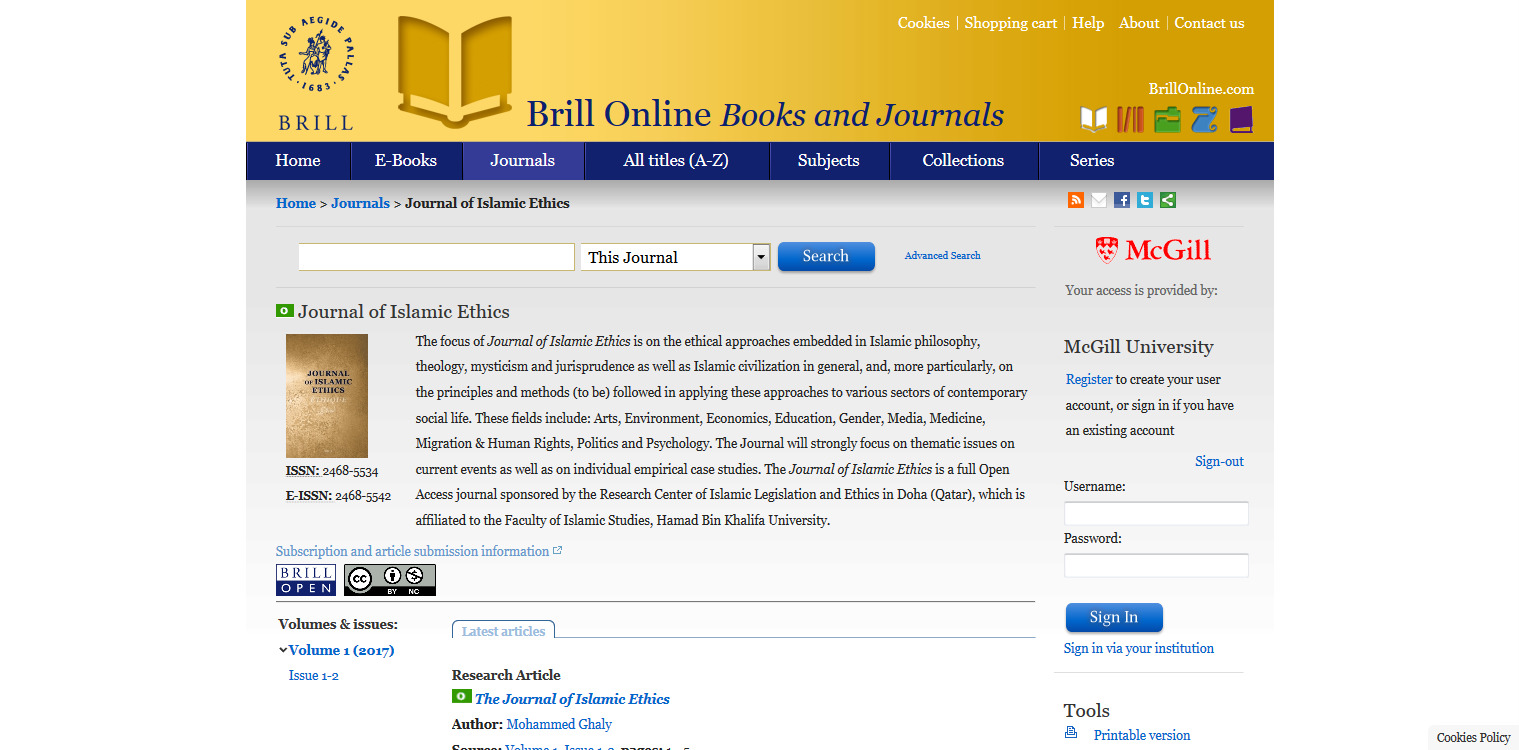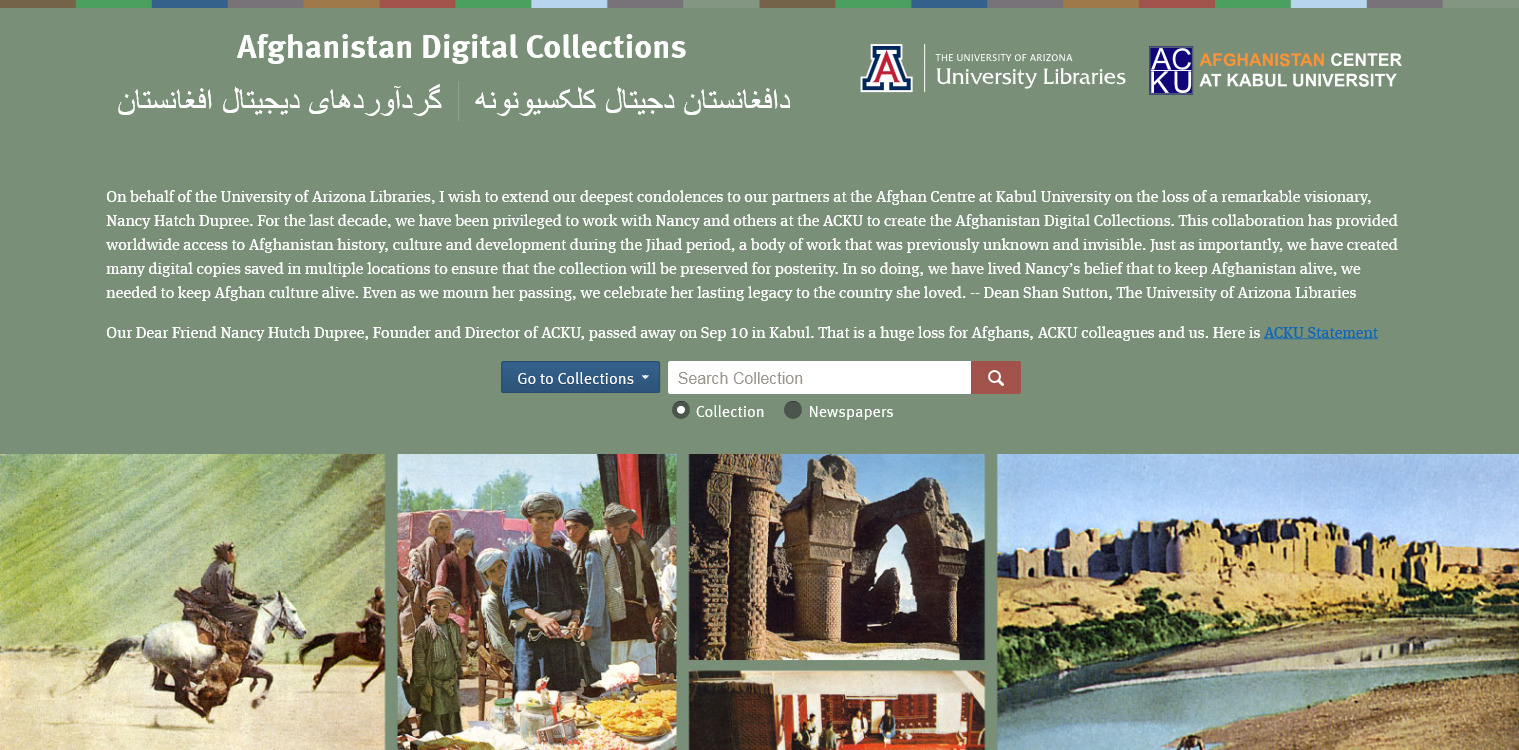DLME is a response to the current threats in the form of destruction, looting and illegal trade to the cultural heritage of the Middle East.
The digital Library of the Middle East aims to federate different types of cultural heritage material consisting of archives, manuscripts, museum objects, media and archeological and intangible heritage collections. The DLME implements international cultural preservation goals by providing accessibility and urging documentation and digitization; contributing to security and sustainability by encouraging inventory creation, cataloguing, documentation and digitization of collections as well as forming a community of interest that seeks collaboration among people, organization and countries who value this heritage; which in returns can help mitigate looting and the illegal resale of heritage materials.
The digital platform of the DLME brings together digital records of accessible artifacts ranging across twelve millennia. It provides metadata for each objects that describes various aspects of the artifact or document, it might include its contested meaning or significance, its history and its provenance when available. This platform is searchable, also the collection is classified based on different criteria such as Language, type, date, creator, medium and etc.The Digital Library of the Middle East is continuously developing and progressing through scholarly inputs, crowd-sourcing and new knowledge discovered through its use.





